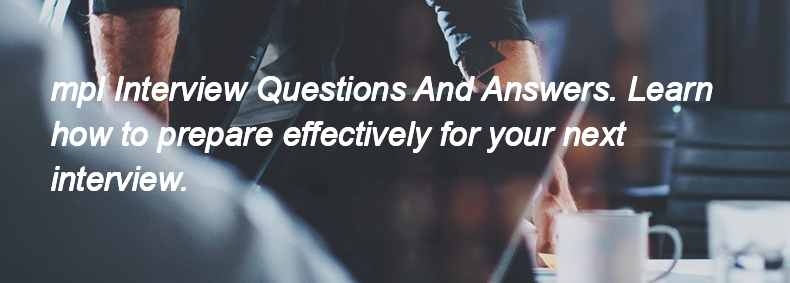Ques:- How do you prioritize features or tasks in an Agile sprint
Asked In :-
Vinove Software & Services Pvt Ltd, KRIOS Info Solutions, Bold Technology Systems, AnAr Solutions, Queppelin Technology Solutions, Rock Solid Solutions, Aakit Technologies, Indocosmo Systems, Codiant Software Technologies, iROID Technologies,
Right Answer:
We prioritize features or tasks in an Agile sprint using a combination of factors like business value, risk, effort/size, dependencies, and urgency. Product Owner usually leads this, using techniques like MoSCoW (Must have, Should have, Could have, Won't have) or story pointing, to ensure the most valuable items are tackled first.
We prioritize features or tasks in an Agile sprint using a combination of factors like business value, risk, effort/size, dependencies, and urgency. Product Owner usually leads this, using techniques like MoSCoW (Must have, Should have, Could have, Won't have) or story pointing, to ensure the most valuable items are tackled first.

